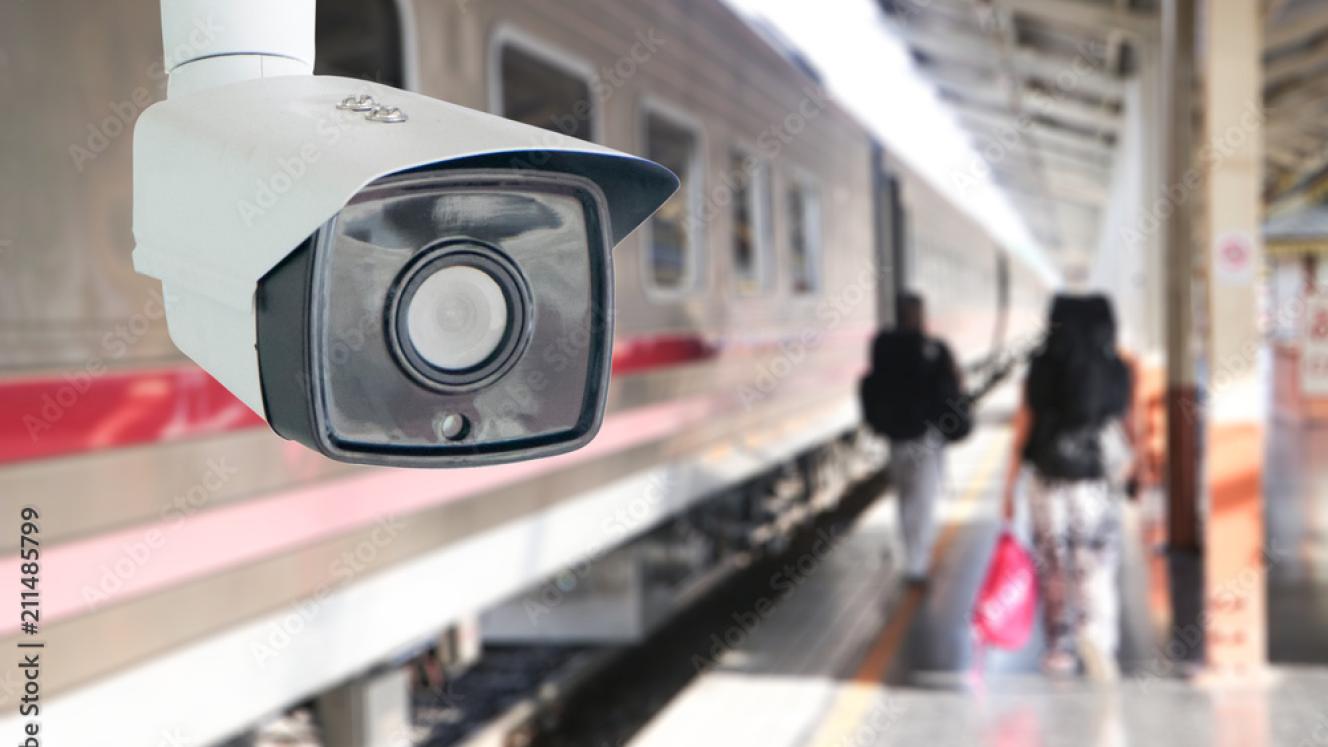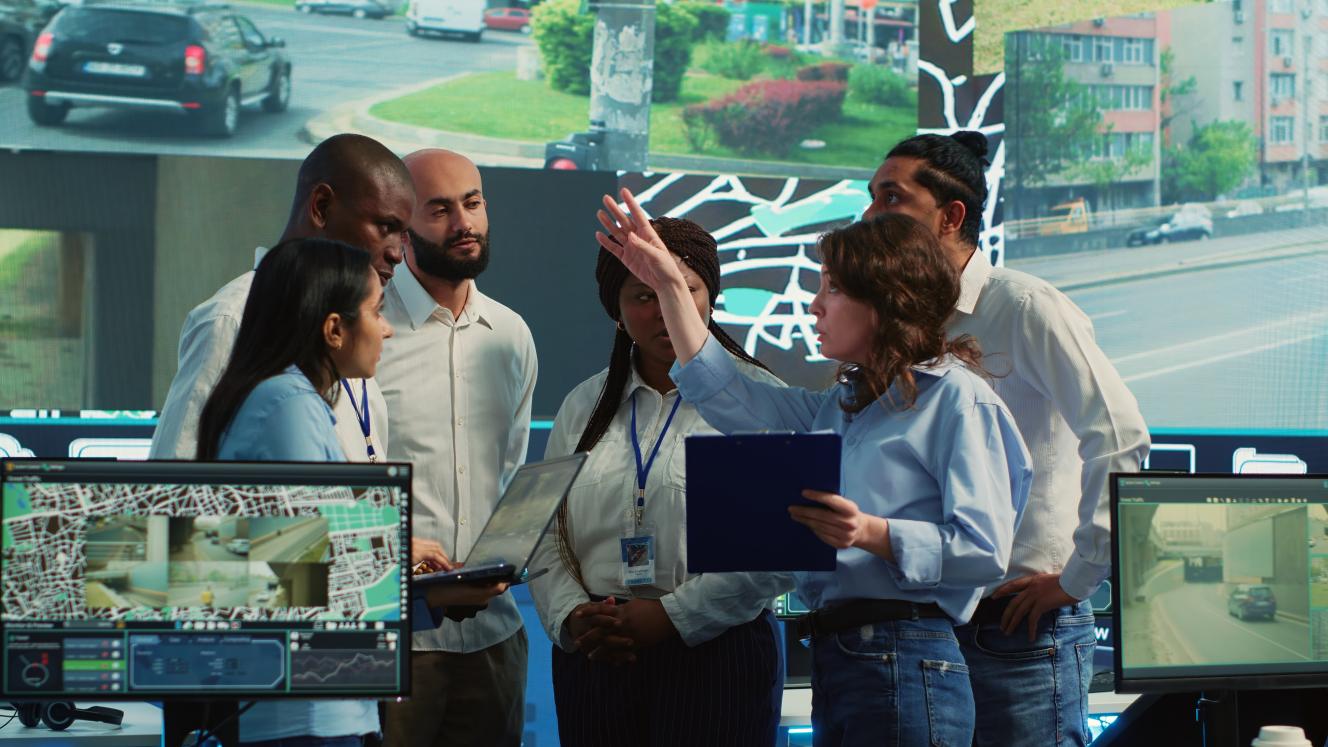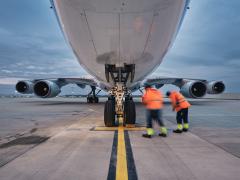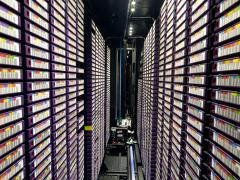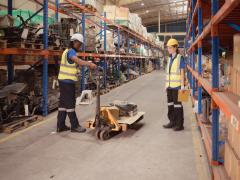By Marcel Bruyns, Sales Manager for Africa at Axis Communications.
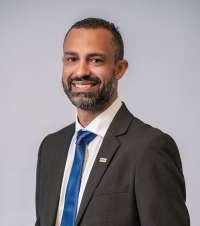
both commuters and the region's economy. Cape Town's rail system, Metrorail, once a top choice for commuters, reported a concerning 46 million drop in passenger journeys since 2013, highlighting an urgent need for upgrades and improved security.
Harnessing network camera surveillance in railways for safety and security
The railway sector can benefit immensely from network camera surveillance, providing real-time insights that elevate both passenger safety and cargo security. These cameras, armed with advanced analytics, offer proactive monitoring capabilities – detecting anomalies ranging from suspicious activities to unattended luggage, allowing for timely interventions. For the freight rail industry, where cargo theft poses significant challenges, surveillance serves a dual purpose: maintaining constant vigilance over cargo compartments and storage facilities and deterring potential intruders, especially when the camera is visible.
Beyond direct security measures, the integrated features of modern network cameras, like infrared and thermal imaging, ensure uninterrupted surveillance, even in challenging conditions. These systems can also seamlessly merge with other security infrastructures, such as access control, creating a holistic safety net for railway operations. The possibility of remote access to live feeds further empowers operators, enabling instantaneous decision-making, whether dispatching security teams or addressing maintenance issues.
Additionally, IP audio is a versatile technology which can be used comprehensively throughout the entire railway system. It can facilitate announcements, provide background music, and deliver security messages to deter potential criminals. By integrating IP audio solutions, the operational management of the railway system can experience a newfound dynamism, ultimately enhancing the safety and security of its passengers.
By integrating network camera surveillance, railway operators are equipped with a dynamic tool that can help to safeguard assets and passengers, paving the way for a safer, more efficient, and more resilient transport future in South Africa.
Building on this foundation of security and surveillance, the next step would be to understand passenger movements and optimise rail operations. This is precisely where people counting technology comes in, bridging the gap between safety and operational efficiency.
Empowering passenger rail networks with people counting technology
Modern railway operations go beyond just scheduling and track maintenance, especially in the context of rapidly urbanising cities. Understanding passenger flow is crucial, and people counting technology can help.
This technology uses advanced sensors and cameras to track individuals in areas like train entrances and platforms. The data gathered has the potential to offer more than just numbers, leading to:
- Enhanced security: Recognising that an intruder has entered a certain area of a facility can immediately help to prevent damage to and theft of assets and tools.
- Maximised passenger safety: Protecting assets also prevents the public from entering dangerous locations where they might get hurt (e.g., railroad tracks).
- Optimised scheduling: Recognising passenger flow patterns lets operators adjust train schedules, minimising rush hour overcrowding and optimising off-peak service.
- Resource allocation: Real-time counts enable better staff deployment, from security to emergency personnel, and ticket counters, based on crowd size.
- Infrastructure planning: Stations with consistently high traffic might benefit from expanded platforms or more access points.
- Enhanced passenger experience: Reduced wait times and less crowding improve overall satisfaction, building loyalty.
- Financial efficiency: Insights into passenger counts inform fare decisions, promotions, and marketing, supporting both operational and economic goals.
By integrating people counting technology, rail networks gain insights that drive a more pre-emptive, adaptable, and passenger-focused system.
Towards a safer future for rail operations
In the evolving landscape of transportation, it is clear that traditional security measures and operational tactics need revision. With increasing urbanisation, fluctuating passenger demands, and complex logistical challenges, relying solely on outdated methodologies is no longer viable.
Embracing modern solutions, from advanced network surveillance to people counting technologies, is not just an enhancement – it is a necessity to revive South Africa’s rail network. For rail networks to thrive and become sustainable in the long term, investments must pivot towards innovations that guarantee the safety of both passengers and cargo. By revising long-term security strategies and being open to investments in safety and efficiency, they lay down tracks for a more secure, efficient, and prosperous future.

